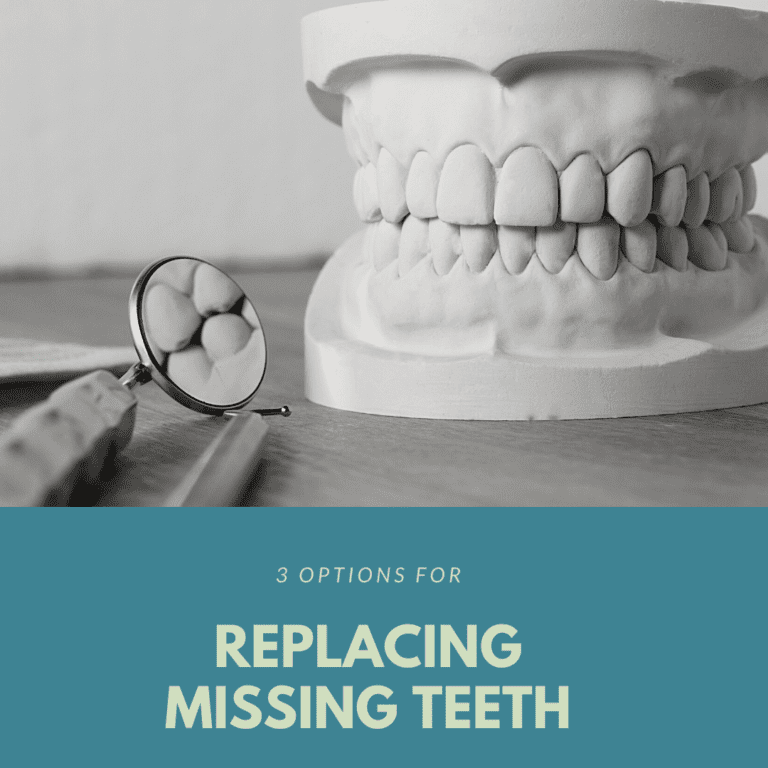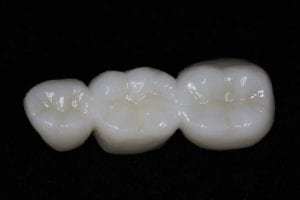3 Options for Replacing Missing Teeth

The human mouth contains 32 permanent teeth, which are all essential for chewing, biting, speaking, and smiling. When one or more of these teeth are lost due to damage, decay, or dental trauma, it can cause a range of problems for the remaining teeth. In order to prevent the remaining teeth from being negatively affected by missing teeth, dentists often recommend various tooth replacement options to restore teeth that have been lost or extracted.
Why Replace Missing Teeth?
Replacing a missing tooth is important for several reasons such as:
- Maintaining Function: Even missing one tooth can affect the way you eat and speak, and this is only compounded by the amount of missing teeth. Missing teeth make it difficult to bite into or chew foods that are hard, chewy, or sticky. The gaps left by missing teeth can also change the flow of air when you speak, causing speech impediments.
- Establishing an Even Bite: a single missing tooth changes the way your upper and lower teeth meet. The more missing teeth you have, the more you can expect your bite to change. This is because gaps left by missing teeth allow the adjacent teeth space to move, which eventually causes some degree of movement in all the teeth. Unfortunately, this leads to an uneven bite that can place more pressure on certain teeth and increase the risk of damage or premature enamel wear.
- Preventing Overgrowth: when a tooth is lost, the opposing tooth no longer has an opposing force. This ultimately allows that remaining tooth to grow longer than normal since there is nothing keeping it worn down.
What options are available to replace missing teeth?

Dental Bridges
A bridge is made up of one or more fake teeth surrounded by a dental crown on either side. These dental crowns are placed over natural teeth that are adjacent to the gap left by missing teeth. Some variations of bridges also use a wire framework cemented to the backside of the teeth. Bridges require one dental appointment to prepare the teeth and take an impression for the dental lab, and a second appointment to fit the permanent restoration. When well cared for, a dental bridge can last around 10-15 years.
Dentures

Dentures are an entire set of fake teeth mounted on a resin or acrylic based made to look like natural gum tissue. This base sits on top of the gums and is held by place by suction. Because of this, any remaining teeth in the mouth must be removed. Although it can take awhile to adjust to dentures, they will eventually restore eating and speaking functions. Dentures are removable and are intended to be removed every night. Over time, dentures will need to be adjusted as the jawbone changes shape.

Dental Implants
Dental implants are artificial tooth roots that are placed in the jawbone and are used to support a dental prosthetic. While dental crowns are used to restore a single tooth, implant-supported bridges or implant-supported dentures can be used to restore multiple teeth. Unlike traditional dental bridges, which are supported by dental crowns on existing teeth, implant-supported bridges are supported by the dental implants in the jawbone. Implant-supported dentures also use about four dental implants for support. Unlike traditional dentures, implant-supported dentures are usually fixed in the mouth and they do not slip while eating or speaking.






Recent Comments